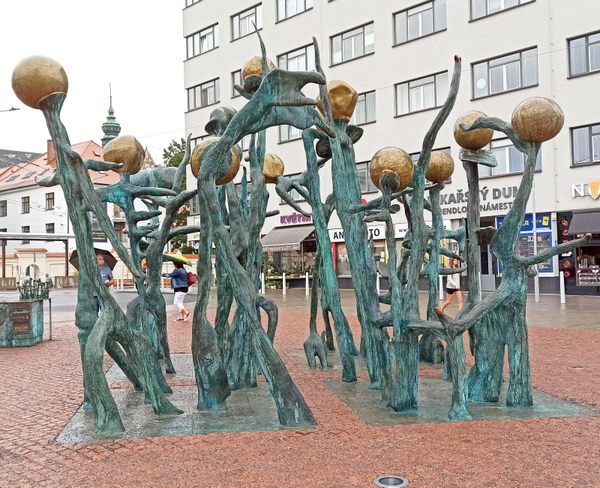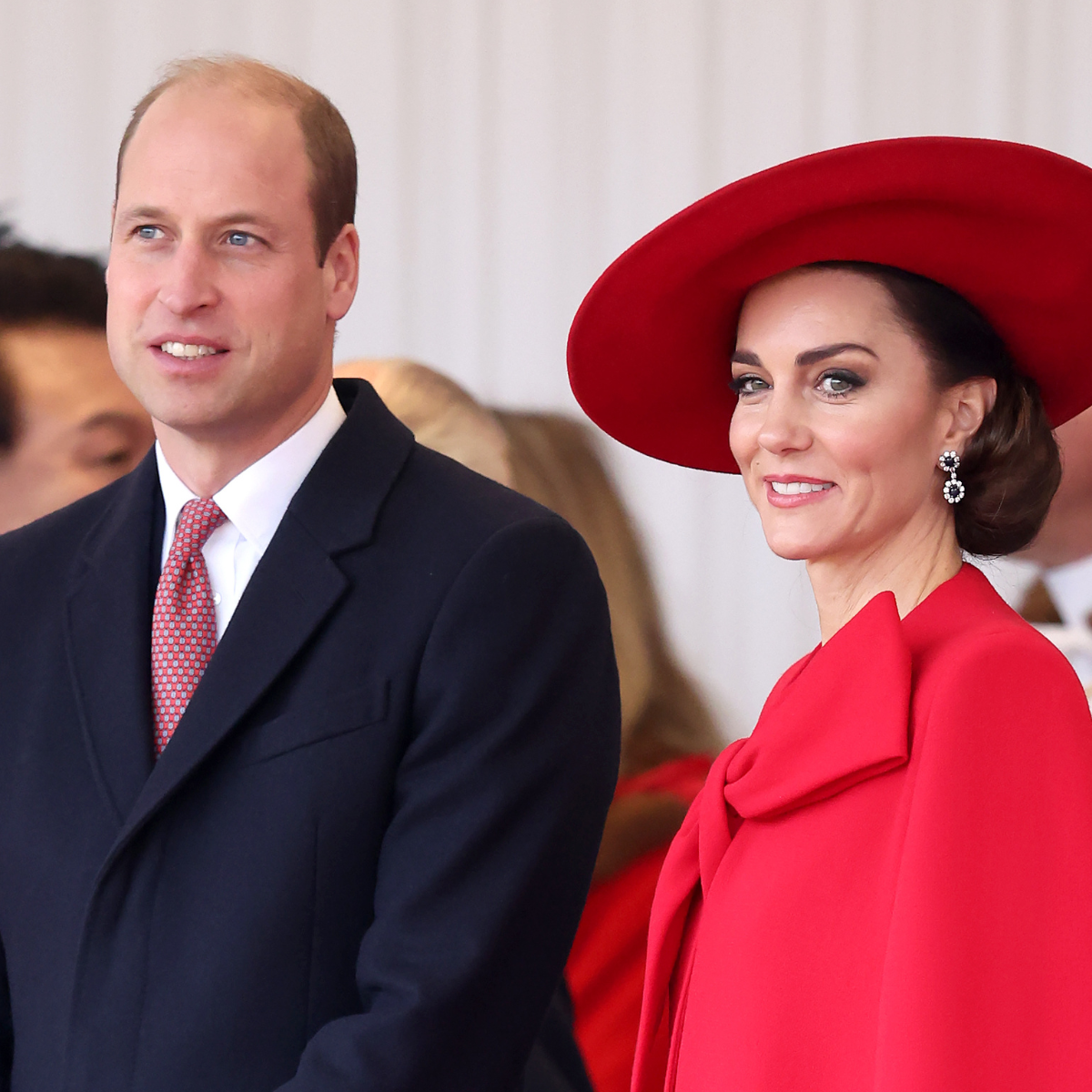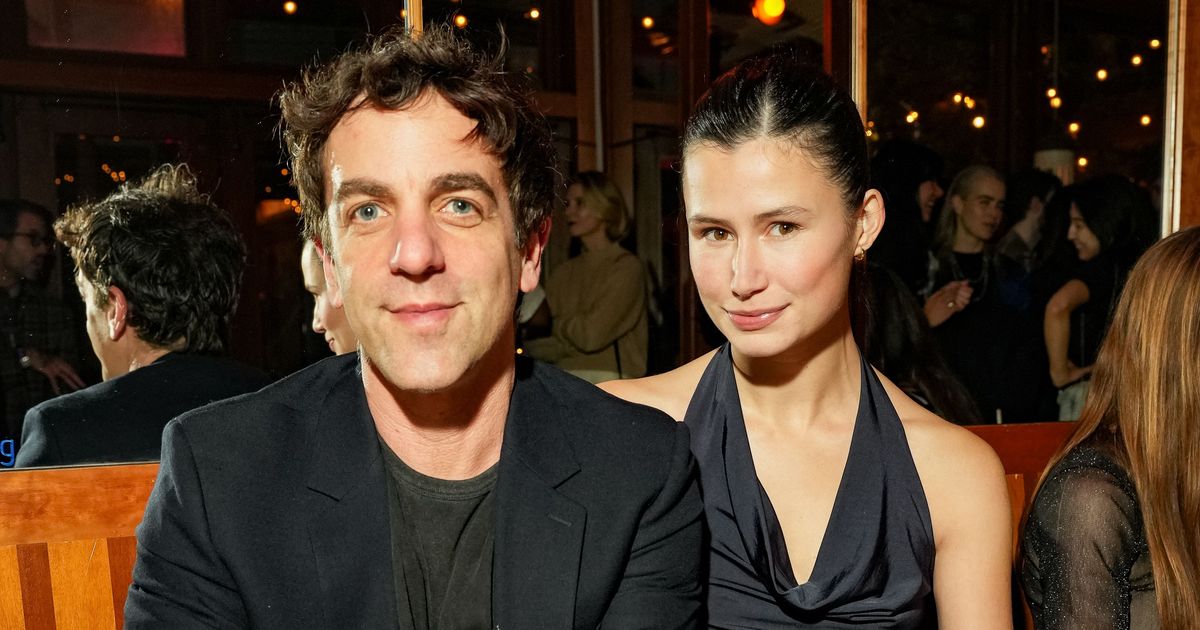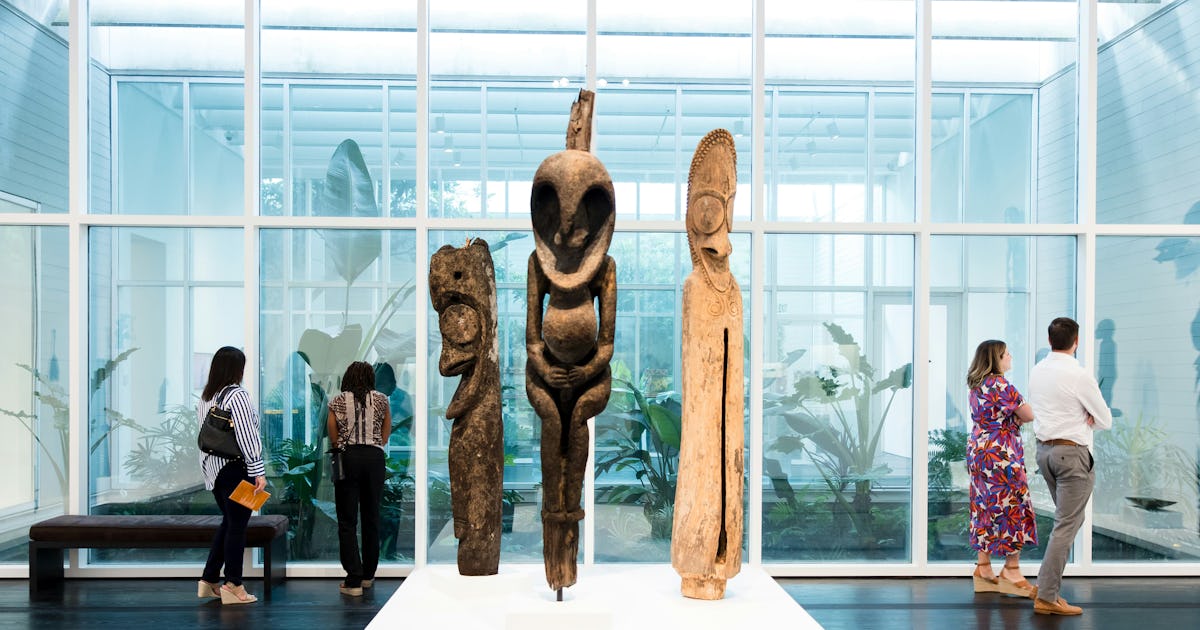‘Hrachovina’ in Brno, Czechia
There is no more poetic place to commemorate the discoveries of 19th-century Czech priest and father of genetics Gregor Johann Mendel than in a forest composed of five-meter-high bronze pea plants. The structure—which hides real DNA samples of important Czech personalities, including Mendel—visualize his third law of heredity about the independent combinability of specific gene variants. That is why nine round yellow peas, three round green peas, three wrinkled yellow peas, and one wrinkled green pea grow on the statue. (Observations of pea plants are what led Mendel to the founding principles of genetics.) Mendel studied for three years at the Faculty of Philosophy of the University of Olomouc, and then studied theology. He eventually completed his studies in Vienna, but didn’t pass the professorial exams. This gave him time to research pea hybridization using the biostatistical method in the monastery. But after the death of the local abbot in 1868, Mendel was elected to take his place—meaning he had less time for research. The only honor Mendel received during his life for his natural science discoveries was being elected vice-president of the local natural science society in 1869. William Bateson only translated Mendel’s work into English after his death, which, with a delay of 30 years, caused a new scientific revolution. In 2022, Mendel’s skeletal remains were exhumed and examined in 2021 as part of the celebration of the 200th anniversary of his birth.


There is no more poetic place to commemorate the discoveries of 19th-century Czech priest and father of genetics Gregor Johann Mendel than in a forest composed of five-meter-high bronze pea plants. The structure—which hides real DNA samples of important Czech personalities, including Mendel—visualize his third law of heredity about the independent combinability of specific gene variants. That is why nine round yellow peas, three round green peas, three wrinkled yellow peas, and one wrinkled green pea grow on the statue. (Observations of pea plants are what led Mendel to the founding principles of genetics.)
Mendel studied for three years at the Faculty of Philosophy of the University of Olomouc, and then studied theology. He eventually completed his studies in Vienna, but didn’t pass the professorial exams. This gave him time to research pea hybridization using the biostatistical method in the monastery. But after the death of the local abbot in 1868, Mendel was elected to take his place—meaning he had less time for research.
The only honor Mendel received during his life for his natural science discoveries was being elected vice-president of the local natural science society in 1869. William Bateson only translated Mendel’s work into English after his death, which, with a delay of 30 years, caused a new scientific revolution.
In 2022, Mendel’s skeletal remains were exhumed and examined in 2021 as part of the celebration of the 200th anniversary of his birth.






























































-30-7-screenshot_0FxoE4J.png?width=1920&height=1920&fit=bounds&quality=70&format=jpg&auto=webp#)
































































































































































































